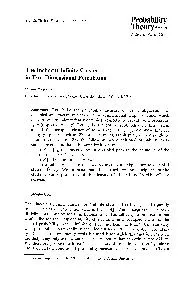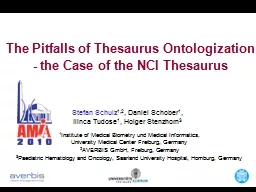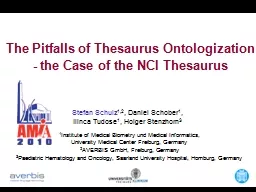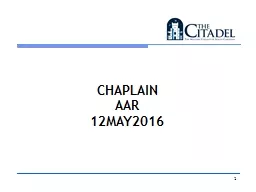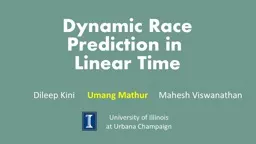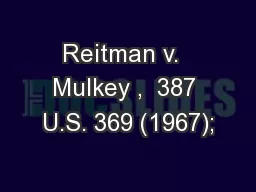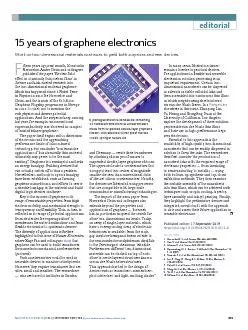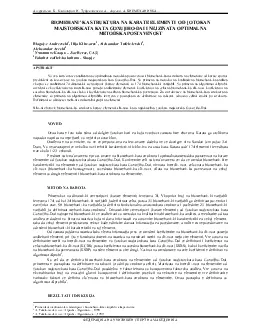PDF-Th. Rel. Fields 73, 369-394 (1986)
Author : pasty-toler | Published Date : 2016-04-27
Theory SpringerVerlag 1986 Incipient Infinite Cluster in TwoDimensional Percolation Kesten Department of Mathematics Cornell University Ithaca NY 14853 USA Summary
Presentation Embed Code
Download Presentation
Download Presentation The PPT/PDF document "Th. Rel. Fields 73, 369-394 (1986)" is the property of its rightful owner. Permission is granted to download and print the materials on this website for personal, non-commercial use only, and to display it on your personal computer provided you do not modify the materials and that you retain all copyright notices contained in the materials. By downloading content from our website, you accept the terms of this agreement.
Th. Rel. Fields 73, 369-394 (1986): Transcript
Download Rules Of Document
"Th. Rel. Fields 73, 369-394 (1986)"The content belongs to its owner. You may download and print it for personal use, without modification, and keep all copyright notices. By downloading, you agree to these terms.
Related Documents

